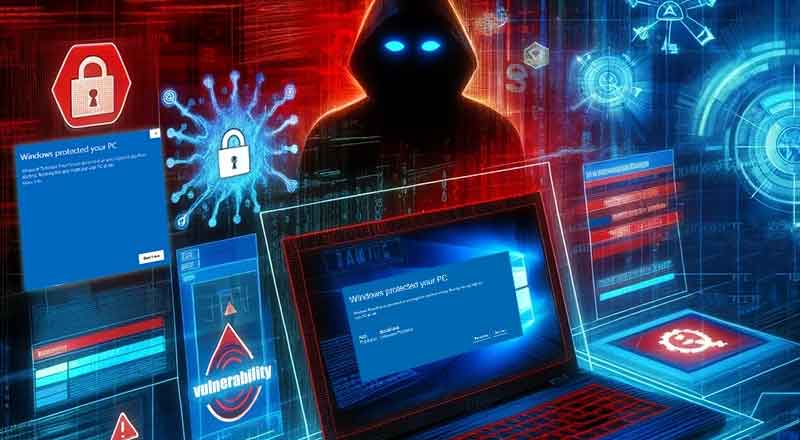CERT-In Warns of Significant Security Risks in Windows Systems
The Indian Computer Emergency Response Team (CERT-In) has issued a crucial alert regarding multiple vulnerabilities identified in Microsoft Windows systems. This warning, affecting users of both Windows 10 and Windows 11, highlights severe security risks that could potentially compromise sensitive system components and data. The vulnerabilities in question have the potential to allow attackers to elevate their privileges and bypass crucial security measures, posing a significant threat to both individual and enterprise environments.
Affected Windows Versions and Impact
The vulnerabilities impact several versions of Windows, including:
- Windows 10: Versions 1607, 21H2, 22H2, and 1809, covering 32-bit, x64, and ARM64-based systems.
- Windows 11: Versions 21H2, 22H2, and 24H2, impacting x64 and ARM64-based systems.
- Windows Server: Versions 2016, 2019, and 2022, including Server Core installations.
These flaws primarily affect systems with Virtualisation-Based Security (VBS) and Windows Backup functionalities. The exploitation of these vulnerabilities could enable attackers to bypass VBS protections or reactivate previously mitigated issues, resulting in unauthorized access to critical system components and sensitive data. This could lead to severe security breaches and data compromises if not addressed promptly.
Precautionary Measures to Enhance Security
With Microsoft yet to release security patches for these vulnerabilities, users are advised to take the following precautionary steps to protect their systems:
Activate Firewall and Antivirus Protection: Ensure that your system’s firewall is enabled and that you have up-to-date antivirus software installed. These security measures help detect and block potential malicious activities, reducing the likelihood of successful attacks.
Be Cautious with Emails and Links: Exercise extreme caution when handling emails from unknown senders. Avoid clicking on suspicious links or downloading unexpected attachments, as cyber attackers often use phishing techniques to exploit vulnerabilities.
Consider Disabling Vulnerable Features: If features such as Virtualisation-Based Security (VBS) or Windows Backup are not in use, consider disabling them temporarily. This can help minimize the attack surface and reduce the risk of exploitation until patches are available.
Maintain Up-to-Date Backups: Regularly back up your important files and ensure these backups are current. Having reliable backups is crucial for recovering critical data in the event of a successful attack, ensuring minimal disruption and data loss.
Stay Informed and Apply Updates: Keep an eye on updates from Microsoft and CERT-In. As soon as patches or security updates are released, apply them immediately to close off these vulnerabilities and safeguard your system from potential threats.
Long-Term Implications and Security Practices
Addressing these vulnerabilities is not just about immediate patching but also about adopting comprehensive security practices. Users should consider regular system audits and vulnerability assessments to identify and mitigate potential risks. Investing in robust security solutions and staying informed about the latest cybersecurity threats can significantly enhance protection against emerging vulnerabilities.
By adhering to these precautionary measures and staying proactive about cybersecurity, Windows users can better safeguard their systems and sensitive information against the identified risks. Ensuring timely updates and adopting best security practices are critical in maintaining a secure computing environment.
(With inputs from agencies)





